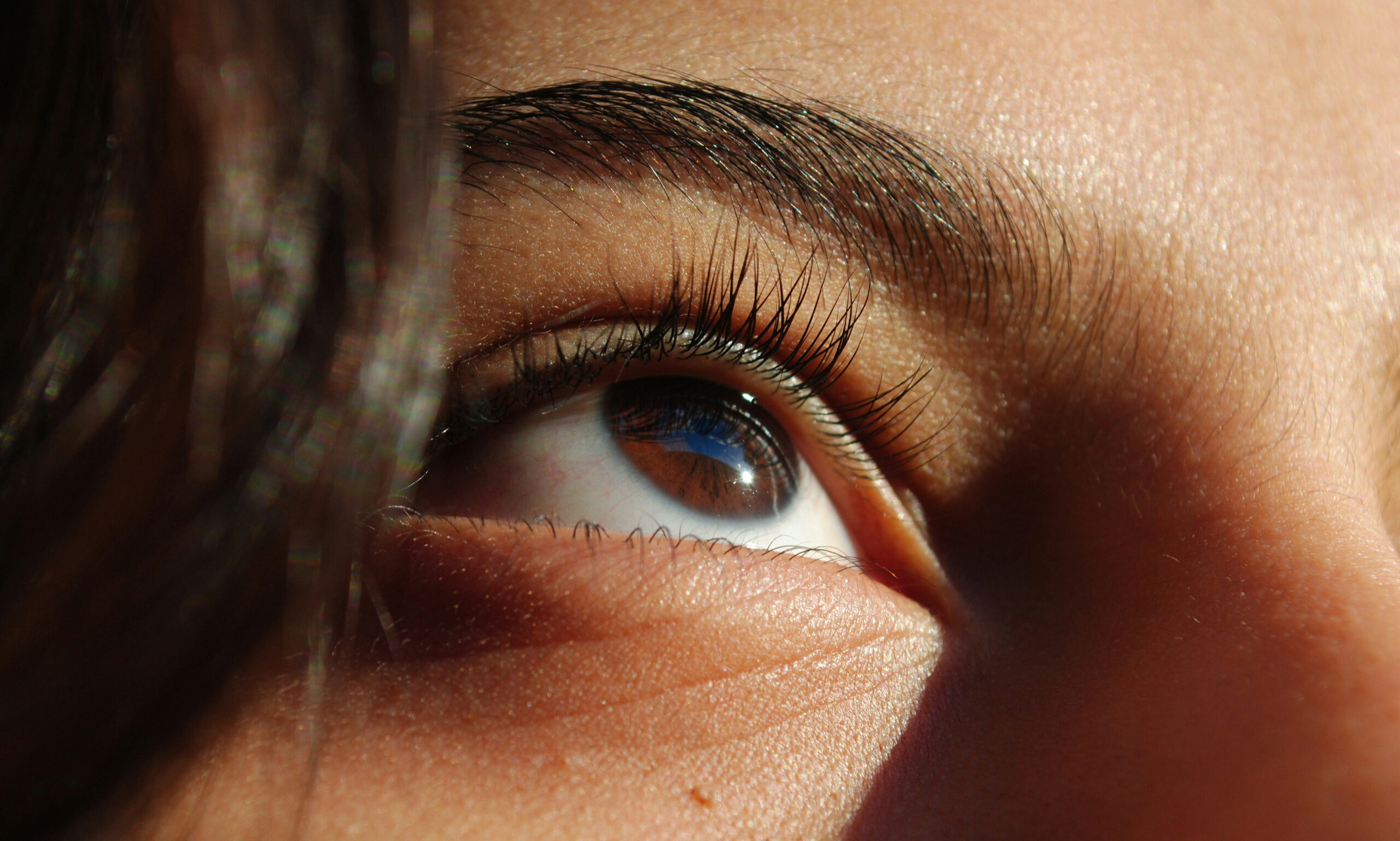While not everyone will deal with hair loss in their lifetime, I can guarantee almost all of us have wondered if the amount of lashes we lose on the daily is, well, normal. Whether you’re noticing more eyelash shedding than normal or you’re on a journey to repair your eyelash health after years of lash extensions and treatments, there are dozens of reasons to be asking yourself “do eyelashes grow back?” If you’ve found your head swirling with questions about lash life cycles, we’ve got you covered. Ahead, an expert guide to lash loss, growth and health.
Featured Experts
- Jeffrey Wise, MD is a facial plastic surgeon and hair restoration specialist in Wayne, NJ
- Dr. Diane Hilal-Campo is a board-certified ophthalmologist and founder of Twenty/Twenty Beauty
What are the main causes of eyelash loss?
First and foremost, if you’re struggling with eyelash lost, it’s important to know that lash shedding—also known as madarosis, ophthalmologist Dr. Diane Hilal-Campo explains—can be caused by any one of dozens of causes, from inadequate makeup removal to underlying conditions.
Medical conditions related to eyelash loss
“There are several medical reasons why people may experience eyelash loss,” Wayne, NJ facial pastic surgeon and hair restoration speciality Jeffrey Wise, MD begins. “These include autoimmune conditions such as alopecia areata, thyroid disorders and certain skin conditions like eczema and rosacea. Additionally, connective tissue diseases such as scleroderma and lupus can also contribute to eyelash thinning or loss, while another common cause is blepharitis, an inflammation of the eyelids.” Dr. Hilal-Campo adds that bacterial or fungal infections can damage hair follicles and lead to lash loss too, as can “certain drugs, including chemotherapy agents.”
Lifestyle factors that increase lash loss
In addition to medical conditions, Dr. Hilal-Campo and Dr. Wise highlight there are also several lifestyle practices that can increase the risk of losing lashes. “Improper makeup removal like vigorous rubbing or using harsh removers can damage lash follicles,” Dr. Hilal-Campo begins. “Leaving mascara on overnight can also make lashes brittle, which can lead to lash breakage, as can lash curlers, including heated ones, especially when used after applying mascara.” Eyelash extensions and excessive or improper use of eyelash adhesives can cause lashes to fall out too, Dr. Hilal-Campo adds in addition to allergic reactions to makeup products that “can lead to inflammation and lash loss.”
Do eyelashes grow back? How long does it take for lashes to regrow?
While it’s abundantly clear that if you struggle with lash shedding, you’re not alone, and the loss of those coveted fibers can be caused by several factors, the question remains: do lashes grow back? Luckily, the answer is (typically) yes. “As long as the roots are not dead, eyelashes typically regrow after loss,” Dr. Hilal-Campo says. “However the timeline varies based on the cause and the health of the follicle.” In general, Dr. Wise explains that the typical eyelash growth cycle lasts approximately about three to four months, so while the regrowth process may seem lengthy, be patient, as the likelihood of your lashes growing back is high.
“Eyelashes naturally fall out and regrow as part of their life cycle,” Dr. Hilal-Campo says. “Regrowth for natural lash shedding usually occurs within six to eight weeks.” However, if lashes are pulled out or damaged from devices like eyelash curlers or improper removal of extensions, regrowth can take up to 12 weeks, Dr. Hilal-Campo warns. “Lash regrowth after chemotherapy can take eight to twelve weeks post-treatment, though this can vary depending on individual health factors,” she adds. “Conditions like alopecia or thyroid disorders can also affect lash regrowth, and in such cases, regrowth may take several months and often depends on the management of the underlying condition.”
How do you prevent lash loss and shedding?
While it’s comforting to know that your lost lashes will more often than not reappear in due time, the best thing you can do for your lashes is prevent shedding before it starts. Luckily, as Dr. Hilal-Campo and Dr. Wise agree, there are tons of ways to protect your lashes and prevent excessive lash lost. “Always take off eye makeup before bed using a gentle remover,” Dr. Hilal-Campo says. “Avoid rubbing or tugging at your lashes, as this can cause breakage.” She also advises patients clean their eyelids and lashes daily to maintain lash health. “A hot shower or warm compress with a lid scrub pad or mild cleanser can prevent buildup that can clog hair follicles and lead to lash loss,” she says. “Spraying twenty/ twenty Beauty’s Daily Hygiene Spray ($42) will sanitize and kill 99.9 percent of bacteria in a minute and is safe for eyes, keeping the bacteria load low and thus preventing the overgrowth of nasty demodex mites.” Dr. Hilal-Campo also advises against the use of waterproof mascaras and frequent use of lash curlers on mascara-coated lashes.
In a more holistic sense, Dr. Wise also recommends keeping an eye on your diet if you’re experiencing lash loss. “Maintaining a balanced, nutritious diet and taking appropriate dietary supplements is key to supporting hair and eyelash health,” he says.
